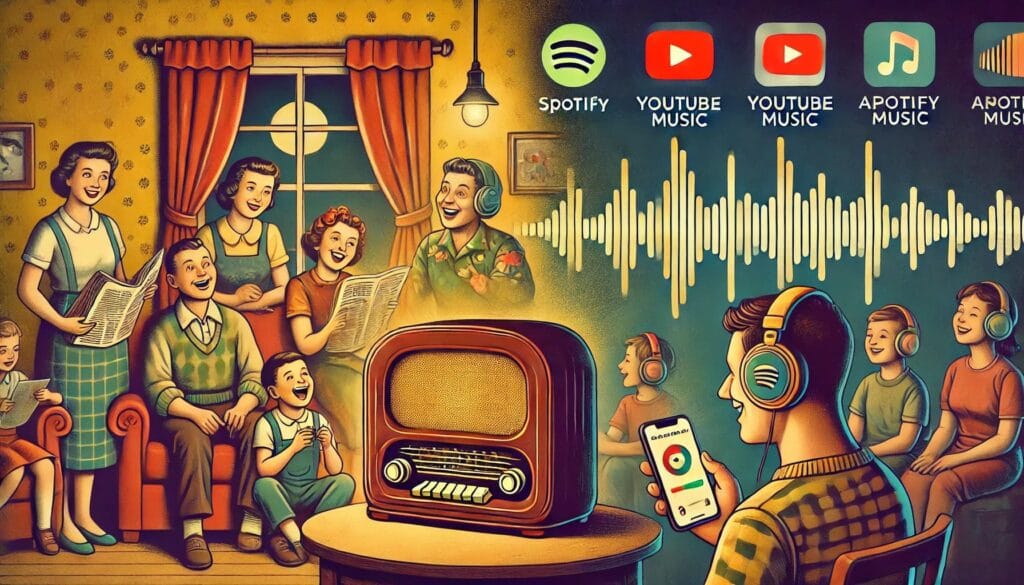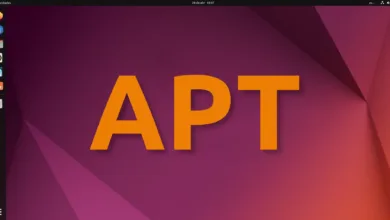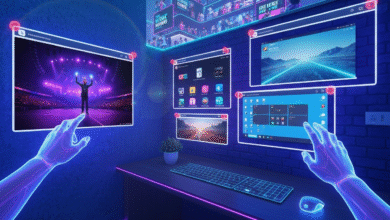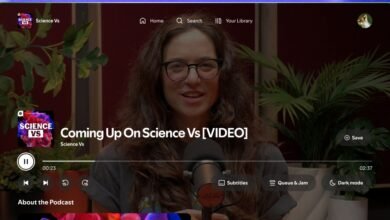The Evolution of Radio: From Airwaves to Algorithms
13th of February: World Radio Day (French: Le jour mondial de la radio)
Once upon a time, the radio was magic. It crackled to life with voices from faraway places, carried melodies that made people sway in their kitchens, and shared stories that painted pictures in the minds of listeners. Radios were in every home, perched proudly on shelves, their dials carefully turned to catch the perfect frequency. In those days, the radio was more than just a box; it was a window to the world.
Fast forward to today, and that magic has shapeshifted. It’s no longer confined to a wooden cabinet or a plastic transistor. It lives in pockets, in the apps of smartphones, streaming across invisible waves that know no borders. Traditional radio didn’t die. It evolved. It had to.
The Digital Turning Point
Change didn’t happen overnight. It started quietly when listeners began swapping their radios for computers, discovering that they could tune in to any station in the world with just an internet connection. Radio stations were slow to catch on. They were used to having the audience come to them. But the audience was moving. And soon, radio had to follow.
Stations started streaming online, at first just mirroring their on-air broadcasts. Then, they got creative. They made mobile apps, offered on-demand shows, and experimented with podcasts. Suddenly, listeners weren’t tied to the clock. Morning shows could be heard at night. News bulletins could be replayed. Everything became a choice, no longer dictated by the broadcast schedule.
The Streaming Revolution
As radio stations adapted, a new kind of competitor emerged: one that didn’t care about frequencies or transmitters. Spotify, YouTube Music, and Anghami changed the rules. Besides Streaming music, These platforms also curated it, learning users’ tastes and predicting their next favorite song before they even heard it.
Spotify’s algorithm could craft playlists so personal that they felt handpicked by a best friend. YouTube Music integrated video, creating an experience that was part concert, part radio show. And then there was Anghami, born in the Middle East, catering to regional tastes with an uncanny understanding of what local listeners craved.
Traditional radio stations saw this and took notes. They realized that to stay relevant, they needed to offer more than just live broadcasts. They needed to create experiences.

Podcasts: The New Storytellers
In the beginning, podcasts were just recordings of radio shows, repackaged and uploaded for those who missed the live broadcast. But they quickly grew into something more. They became spaces for deep dives, uncensored conversations, and niche storytelling. Podcasts didn’t just inform; they captivated!
Traditional radio hosts started launching their own podcasts, experimenting with longer formats and looser structures. Audiences loved it. They could listen on their own terms, pausing and replaying at will. It was radio, but smarter. More flexible.
This shift wasn’t just about technology. It was about the listeners. People wanted stories that spoke to them directly, and podcasts delivered just that. They felt personal, like a conversation between friends, even when downloaded by millions.
The New Advertising Game
With this evolution came a new challenge: monetization. The traditional ad breaks that interrupted live radio didn’t translate well to streaming. Advertisers needed new ways to reach audiences who could skip, fast-forward, or switch apps with a swipe.
This is where digital marketing entered the scene. Programmatic advertising became a game-changer, using data to target listeners with personalized ads. Spotify mastered this, placing ads between songs that were so relevant it was almost eerie. Anghami followed suit, integrating native ads that blended seamlessly with its music streams.
Traditional radio stations adapted, too. They started leveraging social media, using Instagram and TikTok to promote shows and engage with listeners beyond the airwaves. The lines between radio, social media, and digital marketing blurred, creating a new ecosystem of audio content.
The Future Sounds Different
So, where does this leave traditional radio? It’s still here, but it sounds different. It looks different, too,streaming on apps, breaking into TikTok clips, getting quoted on Twitter. Radio has found new ways to stay relevant, not by resisting change but by embracing it.
On this International Radio Day, it’s clear that radio isn’t going away. It’s just moving with its audience, following them wherever they go, whether that’s on a morning commute with a podcast or at the gym with a personalized playlist. The magic is still there. It’s just learned to travel a little faster.
For more stories about how technology and tradition collide, visit DigitrendZ. Join the conversation on LinkedIn and share your memories of radio and your favorite podcasts today.





